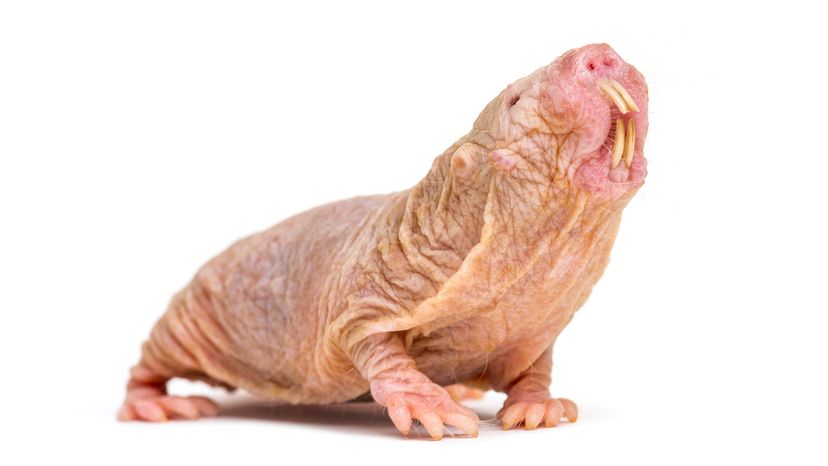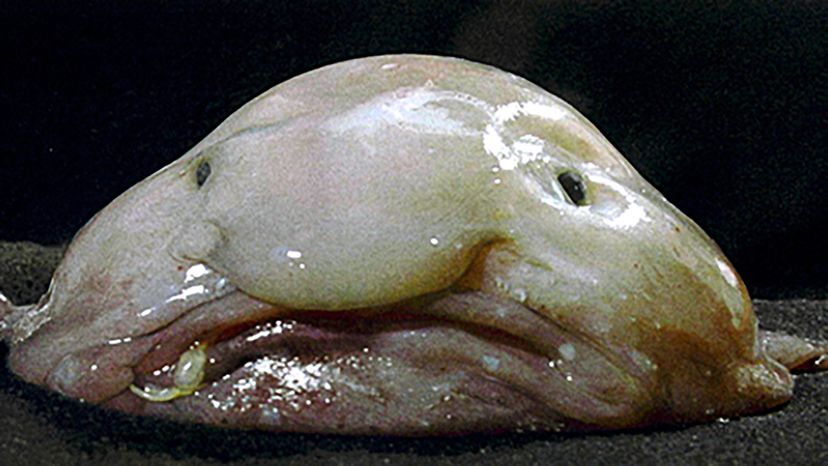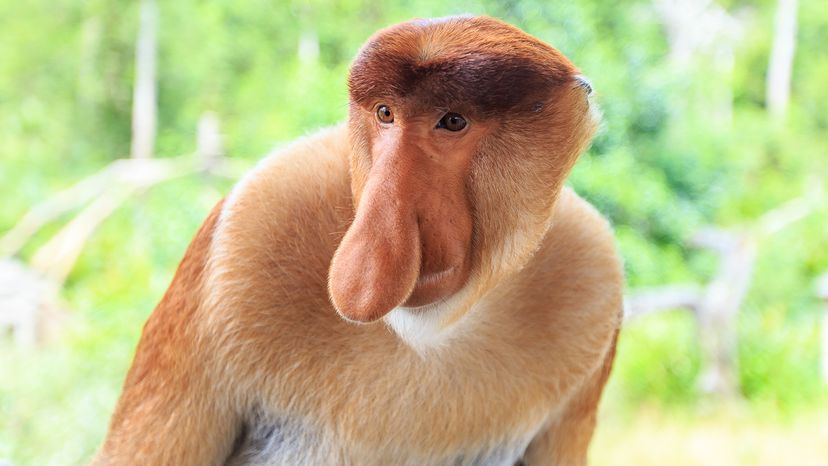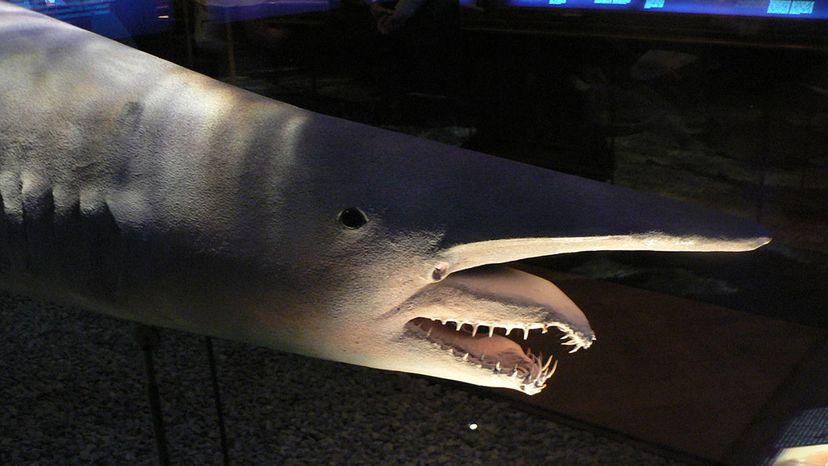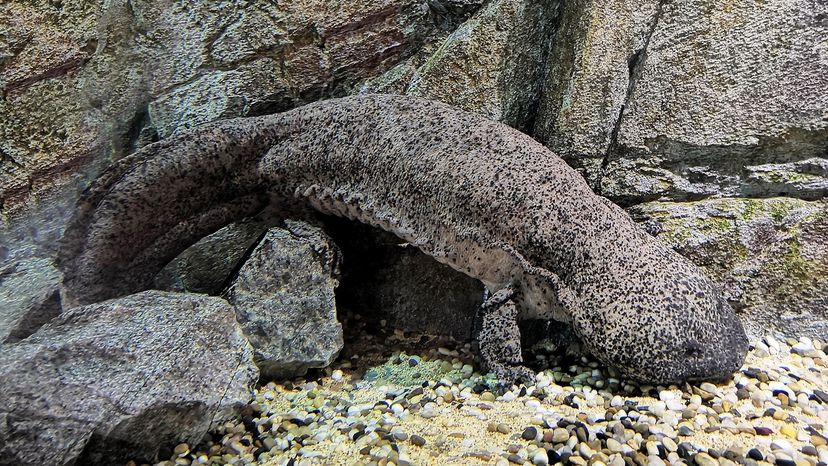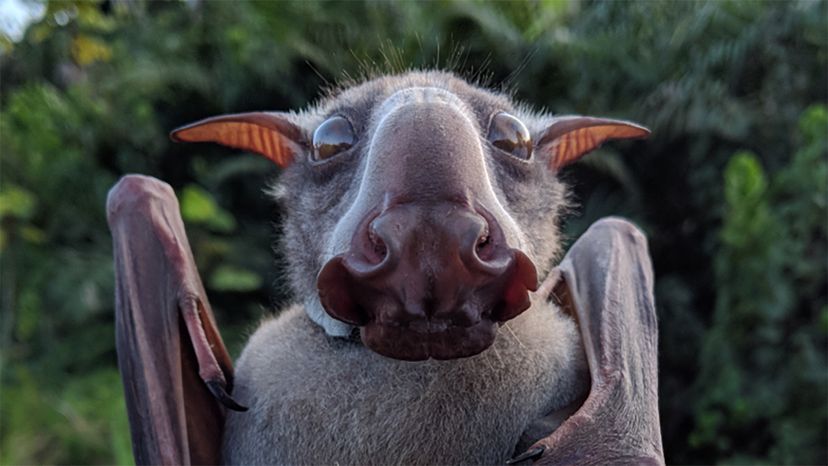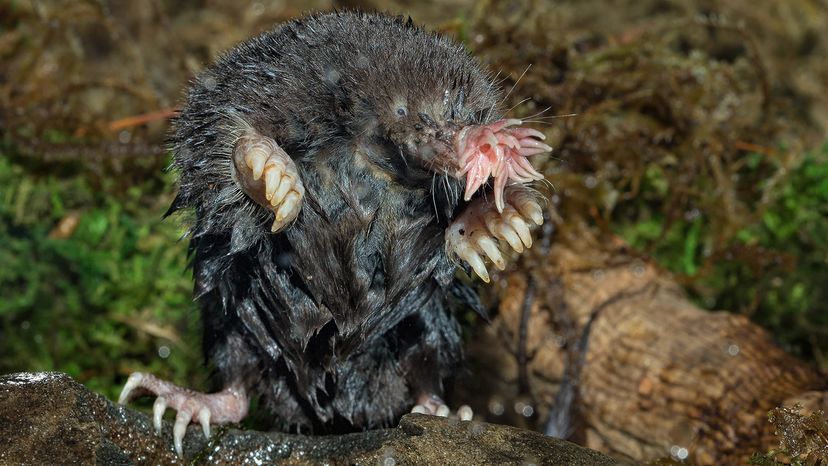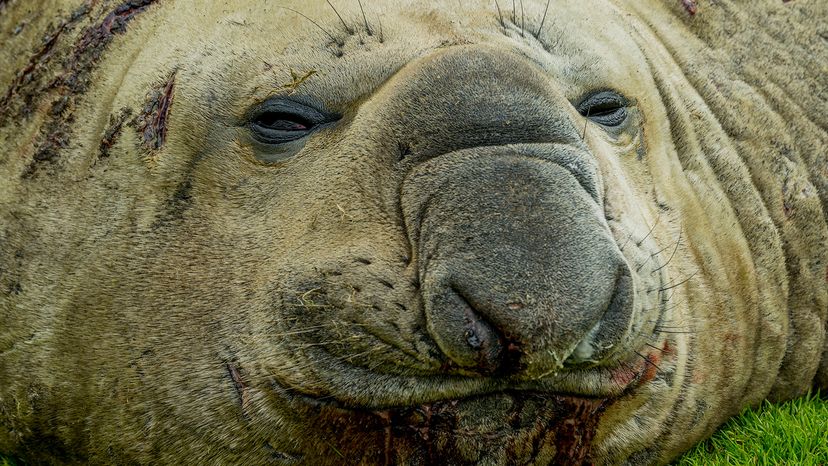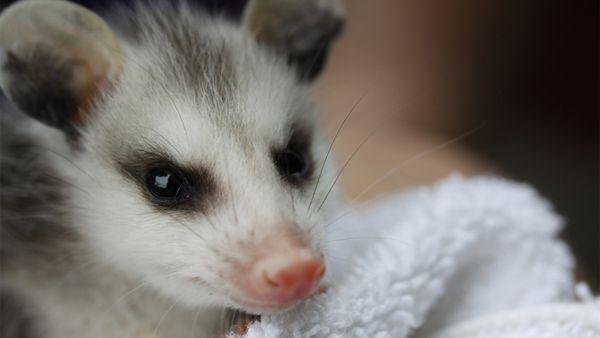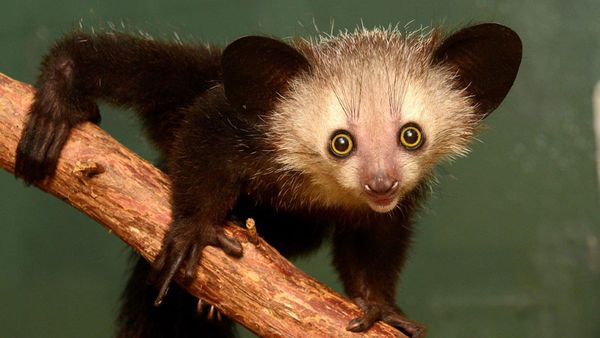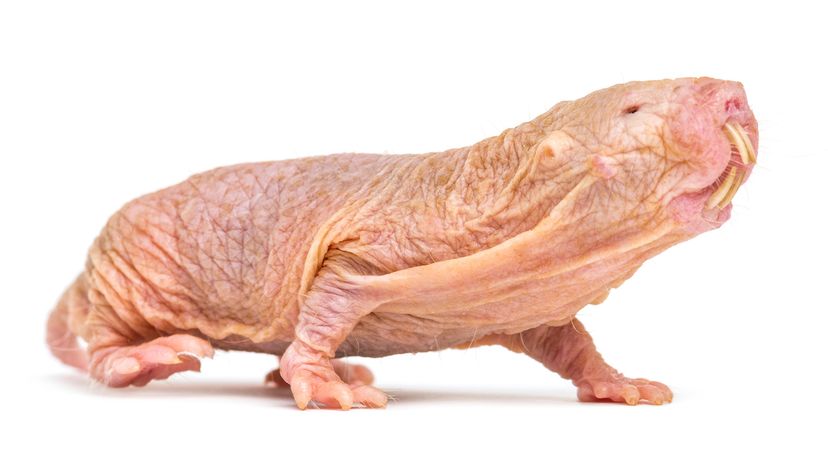
Key Takeaways
- The California condor, naked mole rat and blobfish are notable for their unusual appearances, each having unique features that distinguish them.
- Animals like the aye-aye, proboscis monkey and goblin shark have distinct physical traits that many find unappealing but are fascinating from an evolutionary perspective.
- Other notably "ugly" animals include the Chinese giant salamander, hammer-headed fruit bat, star-nosed mole and southern elephant seal, each with specific adaptations that make them appear bizarre but serve important functions in their survival.
Who's to say what's beautiful and what's hideous?
Animals sometimes evolve to catch admiring eyes, but often other evolutionary concerns take precedence over flashy feathers or athletic physiques. That said, the world is full of ugly animals. If you had to guess which animal is the ugliest, you might guess that some member of the pig family would win the title. But pigs don't even make our list when you put them beside aye-ayes and blobfish. So, here we go — according to our human sensibilities, here are 10 of the ugliest animals that live on our planet.
Advertisement
Advertisement

